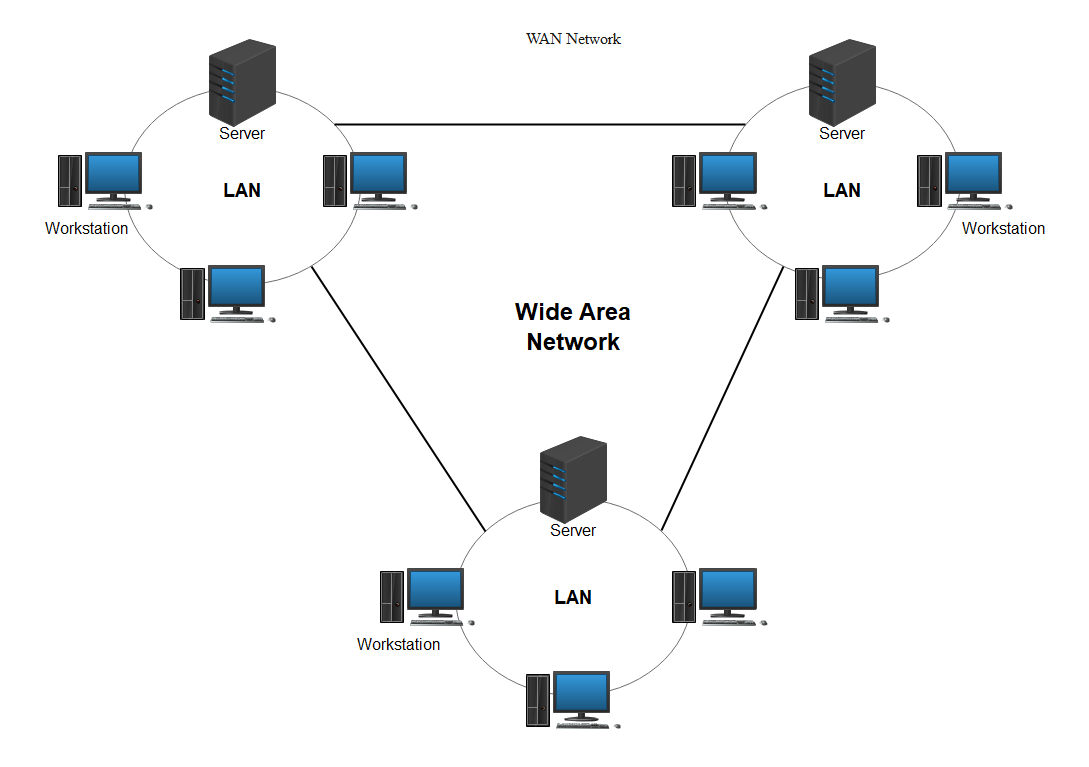Types of Networks - JSS2 Computer Studies Lesson Note
-
Local Area Network (LAN): A LAN is a network that connects devices within a limited geographical area, such as a home, office, or school. It enables quick and efficient communication between connected devices. Examples include a home Wi-Fi network connecting computers, smartphones, and printers.
-
Wide Area Network (WAN): WANs cover a broader geographical area, connecting LANs across cities, countries, or even continents. The internet is a vast example of a WAN, allowing global communication and data exchange. Businesses often use WANs to connect their offices spread across different locations.
-
Metropolitan Area Network (MAN): A MAN falls between LANs and WANs, covering a larger geographical area than a LAN but not as extensive as a WAN. MANs connect multiple LANs within a city or metropolitan region. Cable television networks and city-wide Wi-Fi networks are examples of MANs.
-
Personal Area Network (PAN): A PAN is a small network designed for personal devices within the immediate surroundings of an individual. Bluetooth technology is commonly used for PANs, connecting devices like smartphones, laptops, and wearable gadgets.
-
Wireless Local Area Network (WLAN): WLANs are similar to LANs but use wireless communication instead of physical cables. Wi-Fi networks are popular examples of WLANs, providing flexibility and convenience for device connectivity within a specific area.
-
Virtual Private Network (VPN): A VPN creates a secure and private connection over the internet, allowing users to access resources as if they were directly connected to a private network. VPNs are commonly used for remote work, ensuring data security and privacy.

Image from Heavy.Ai: LAN Networks

Image from Edraw: WAN Networks